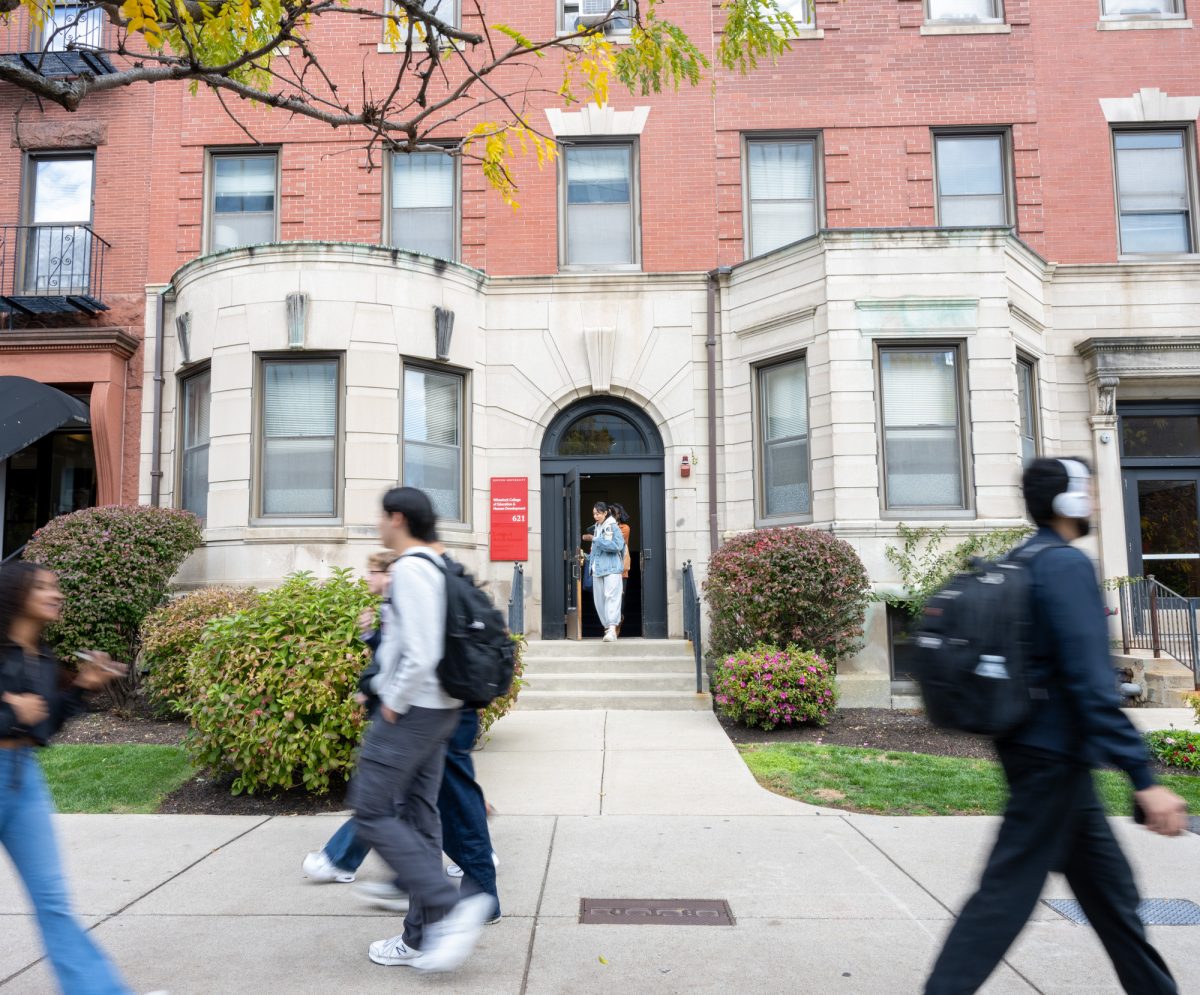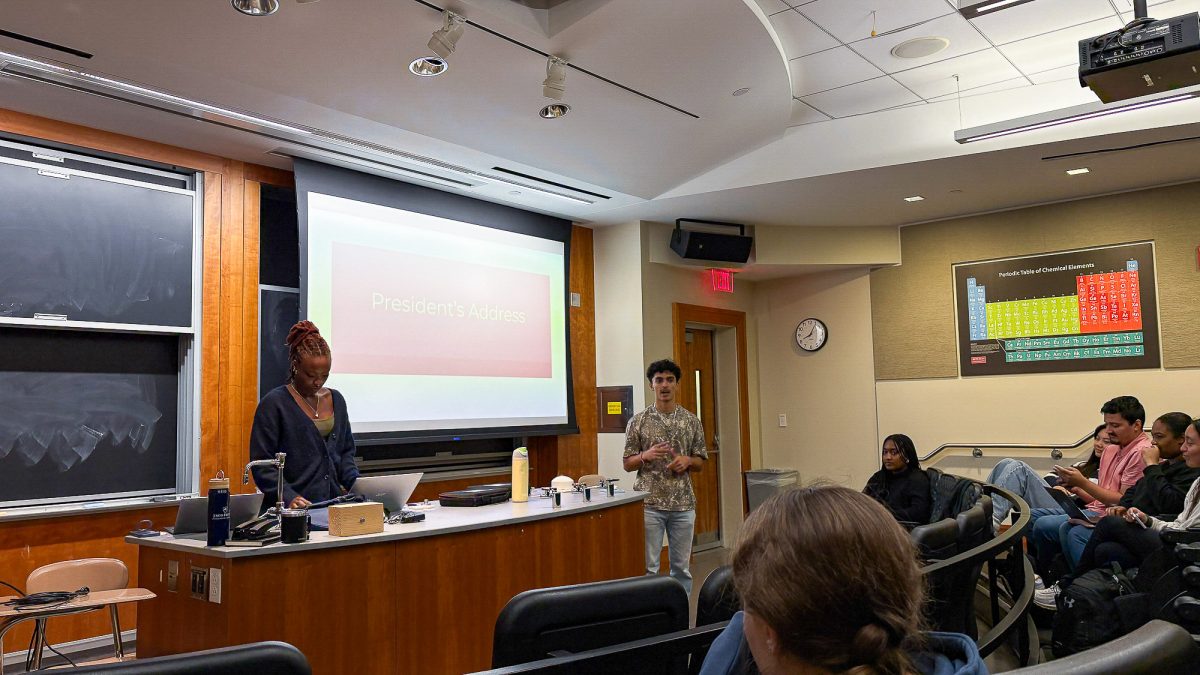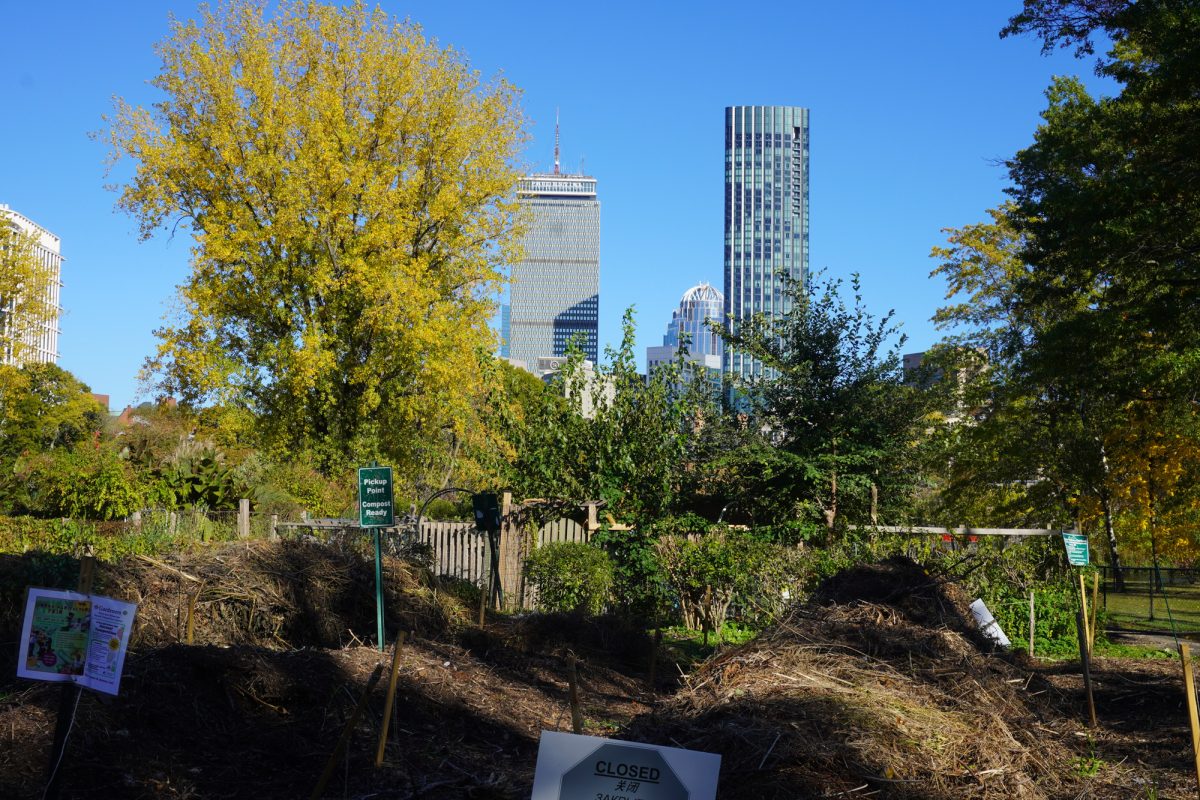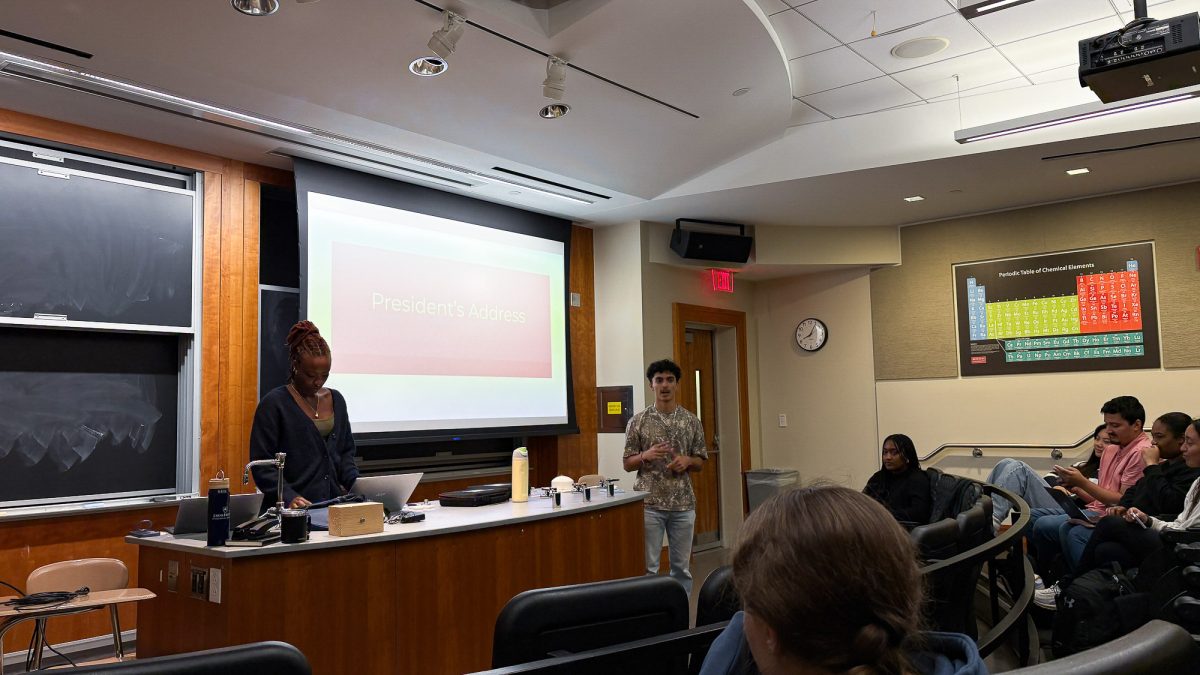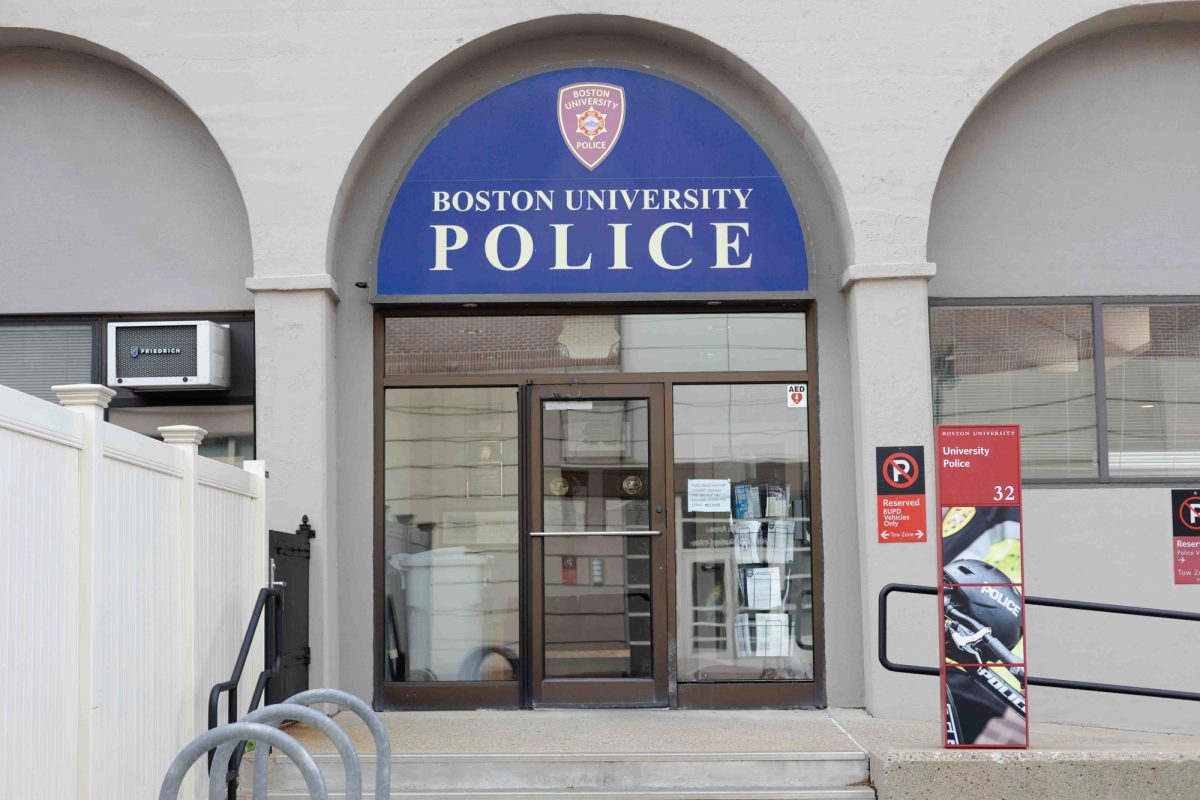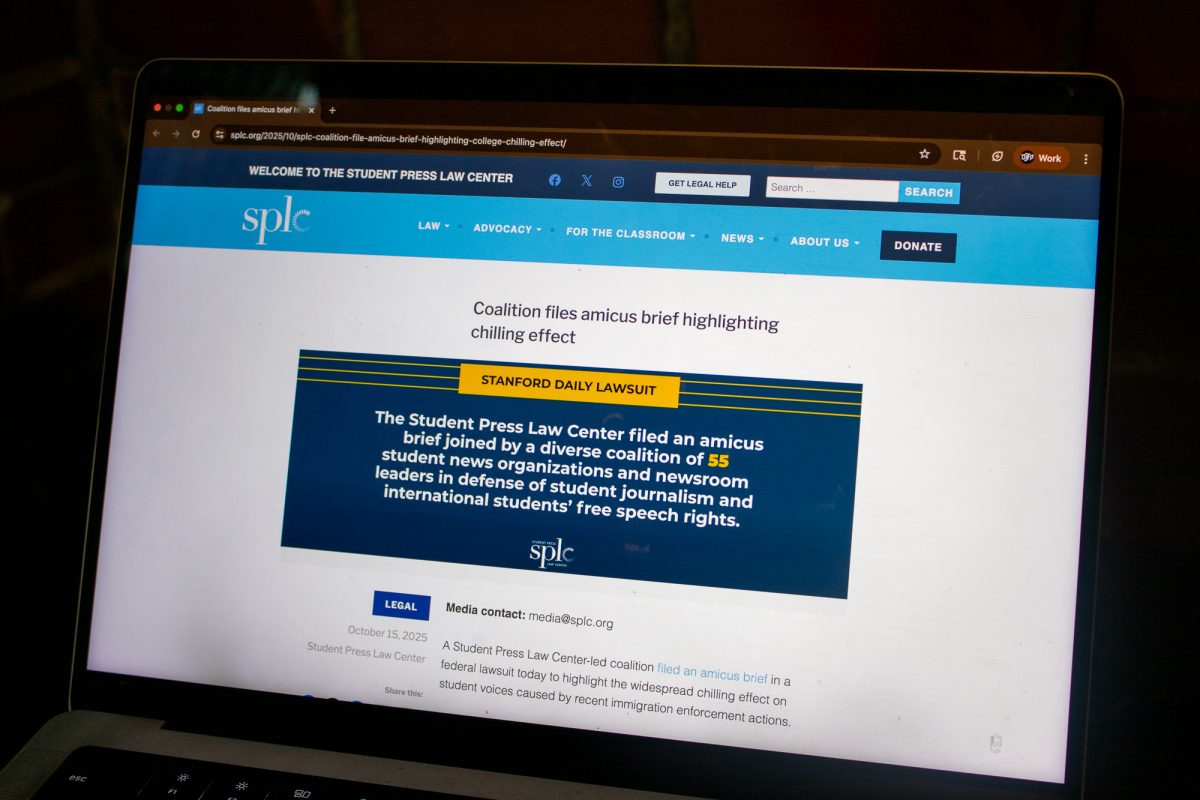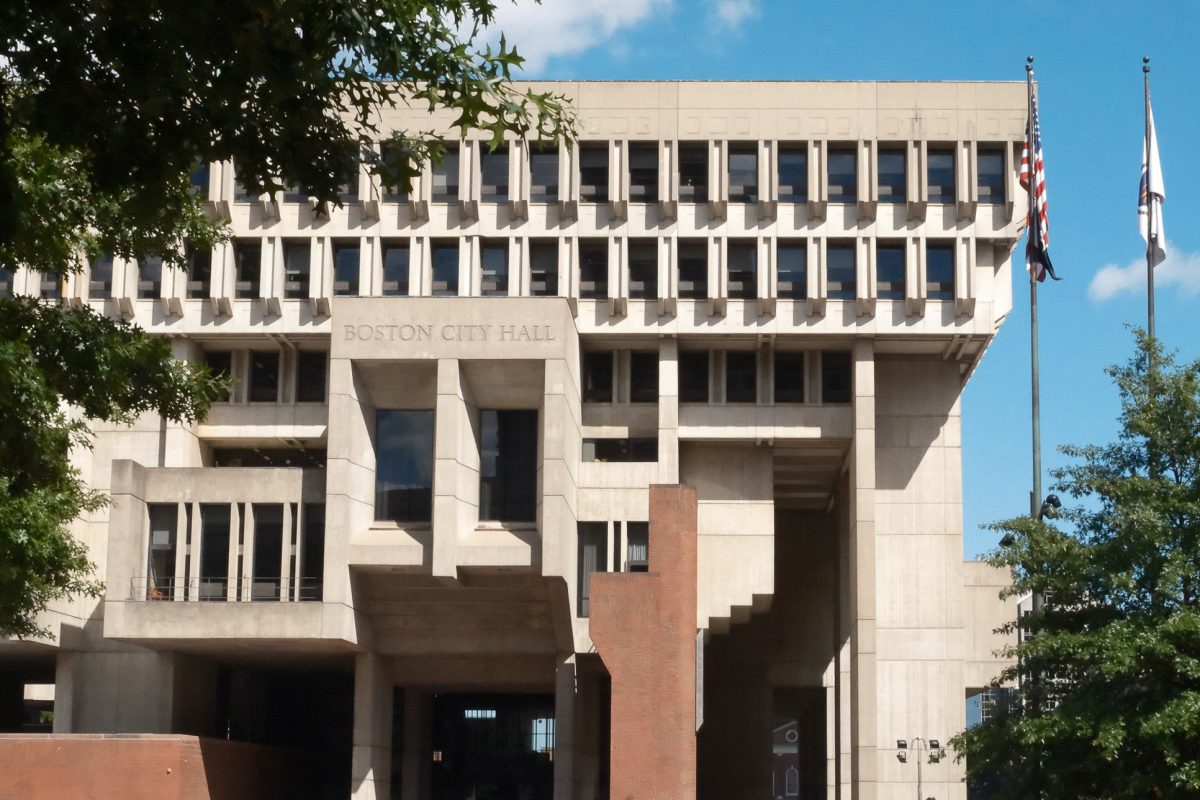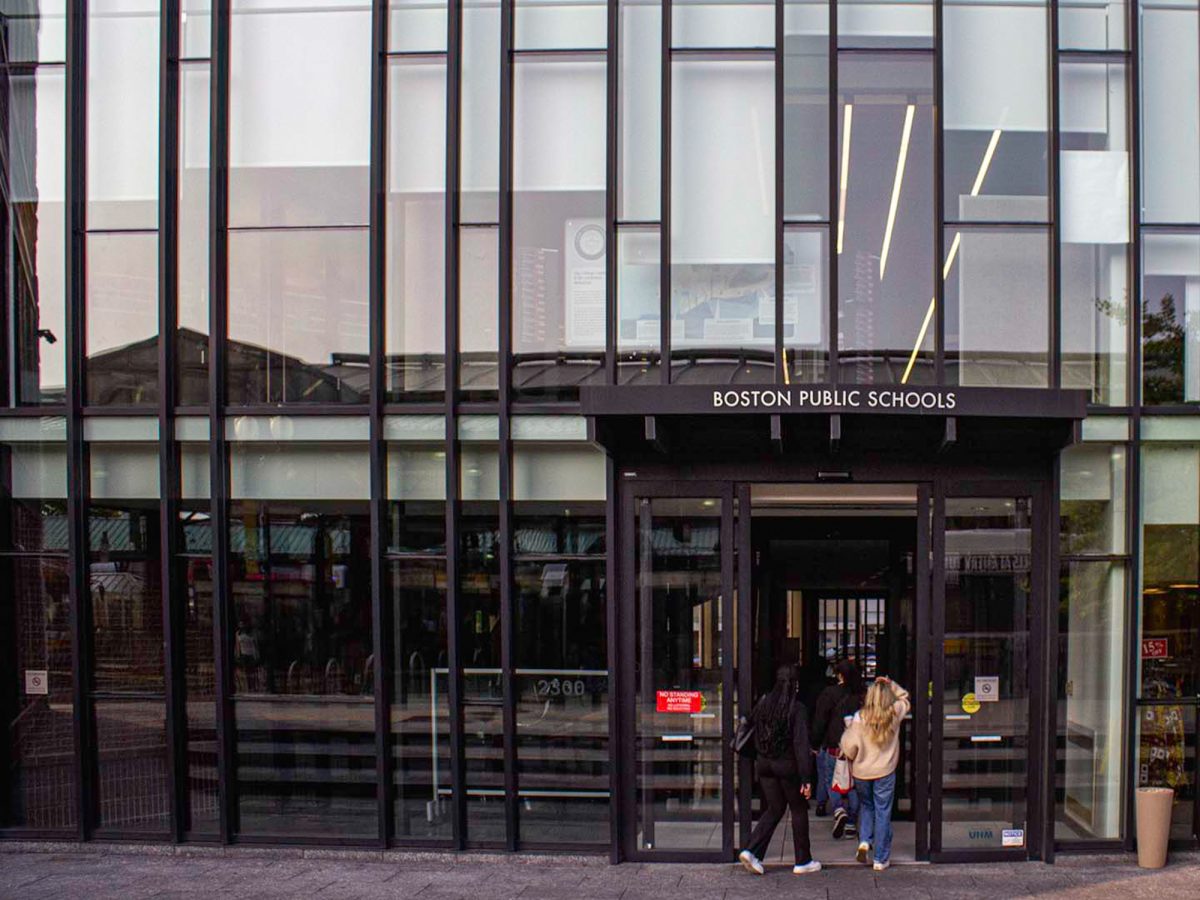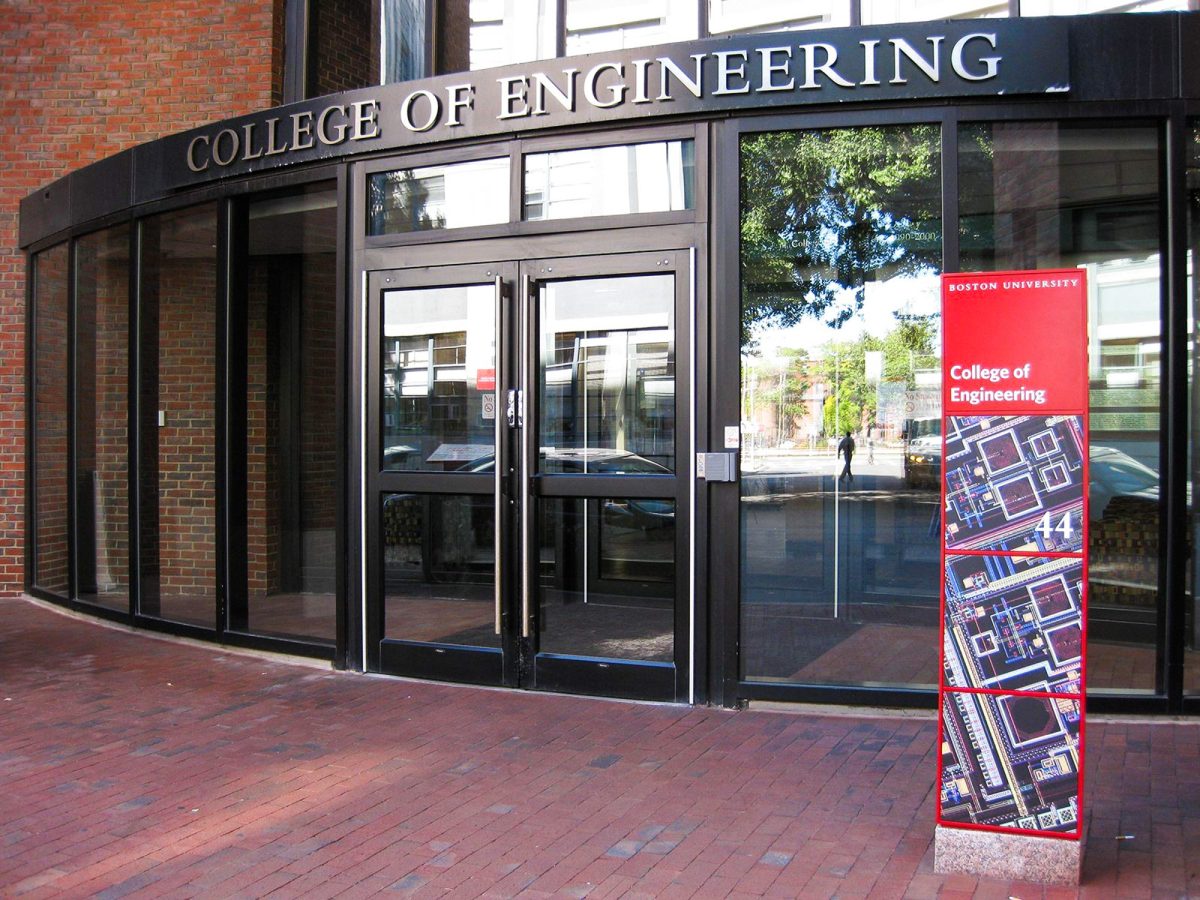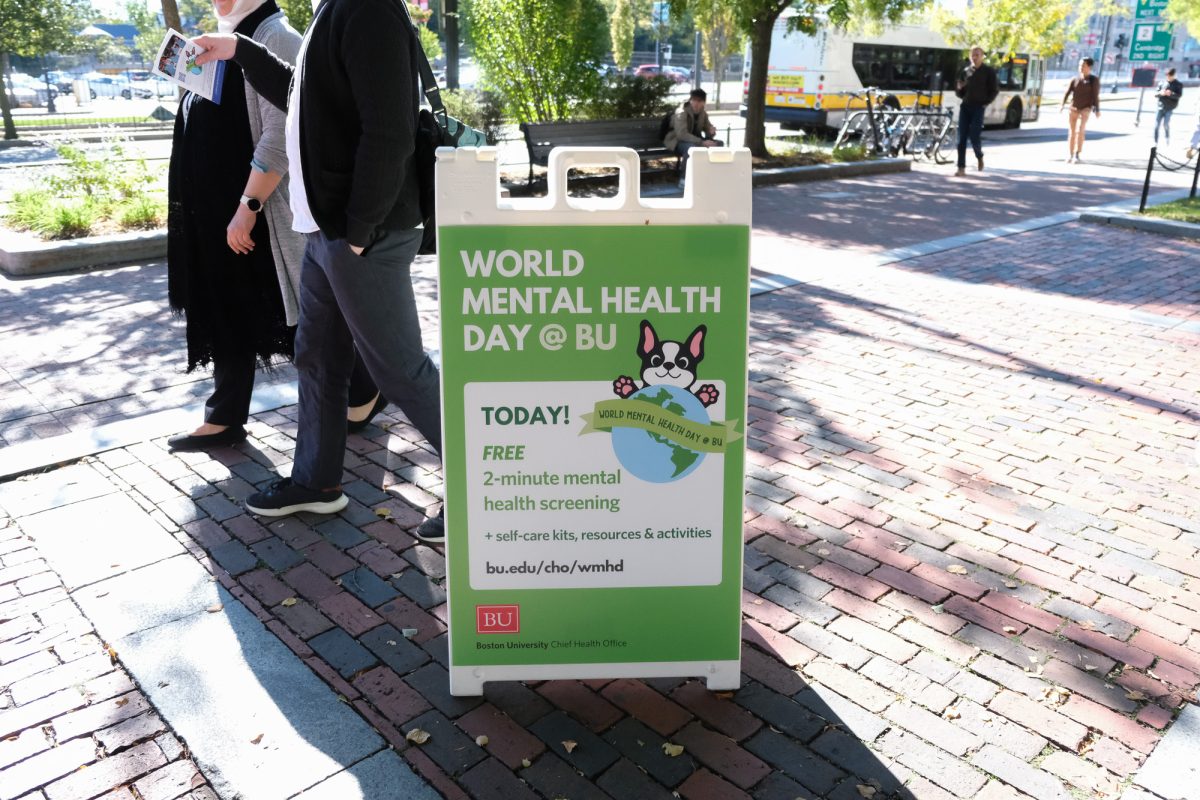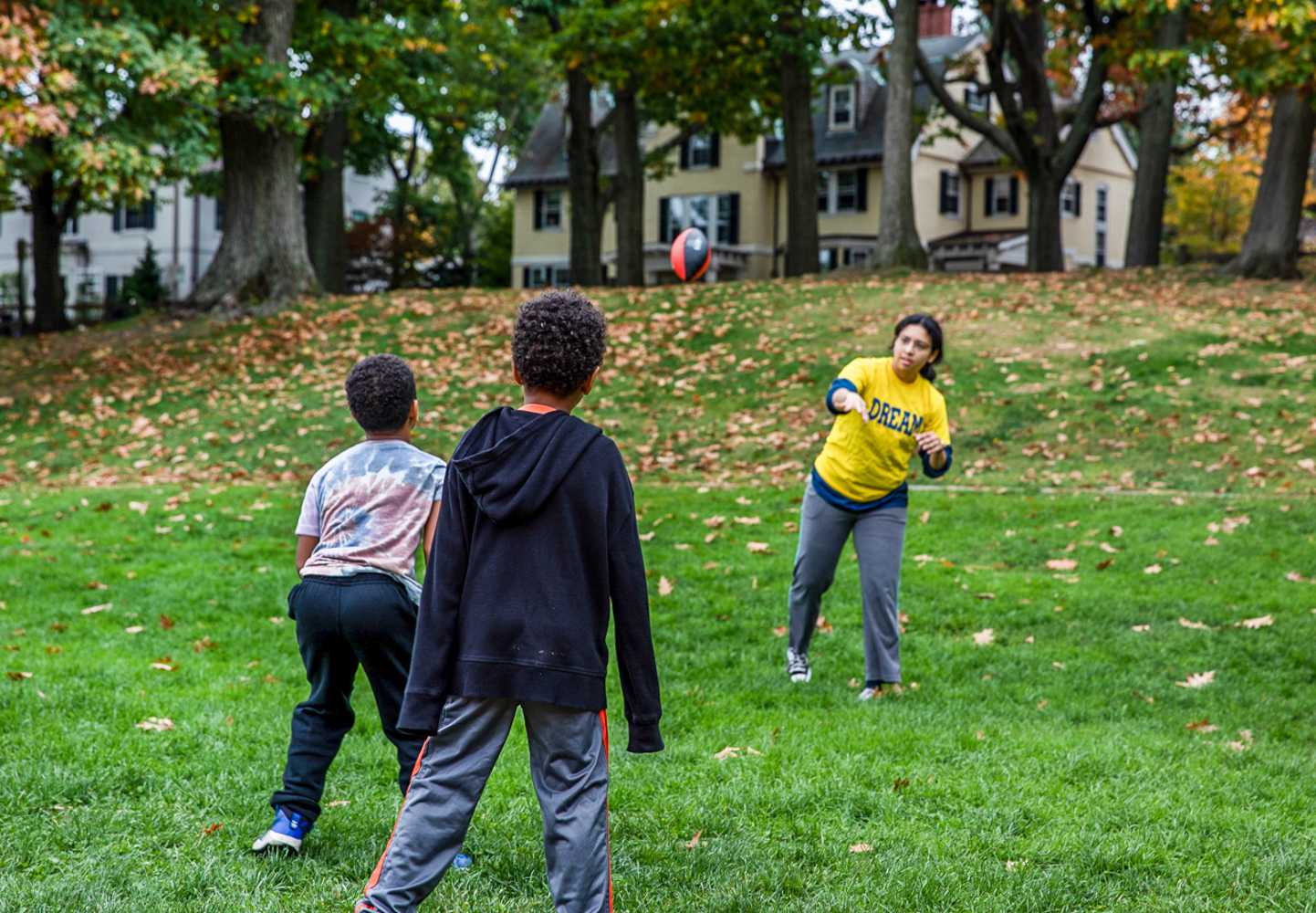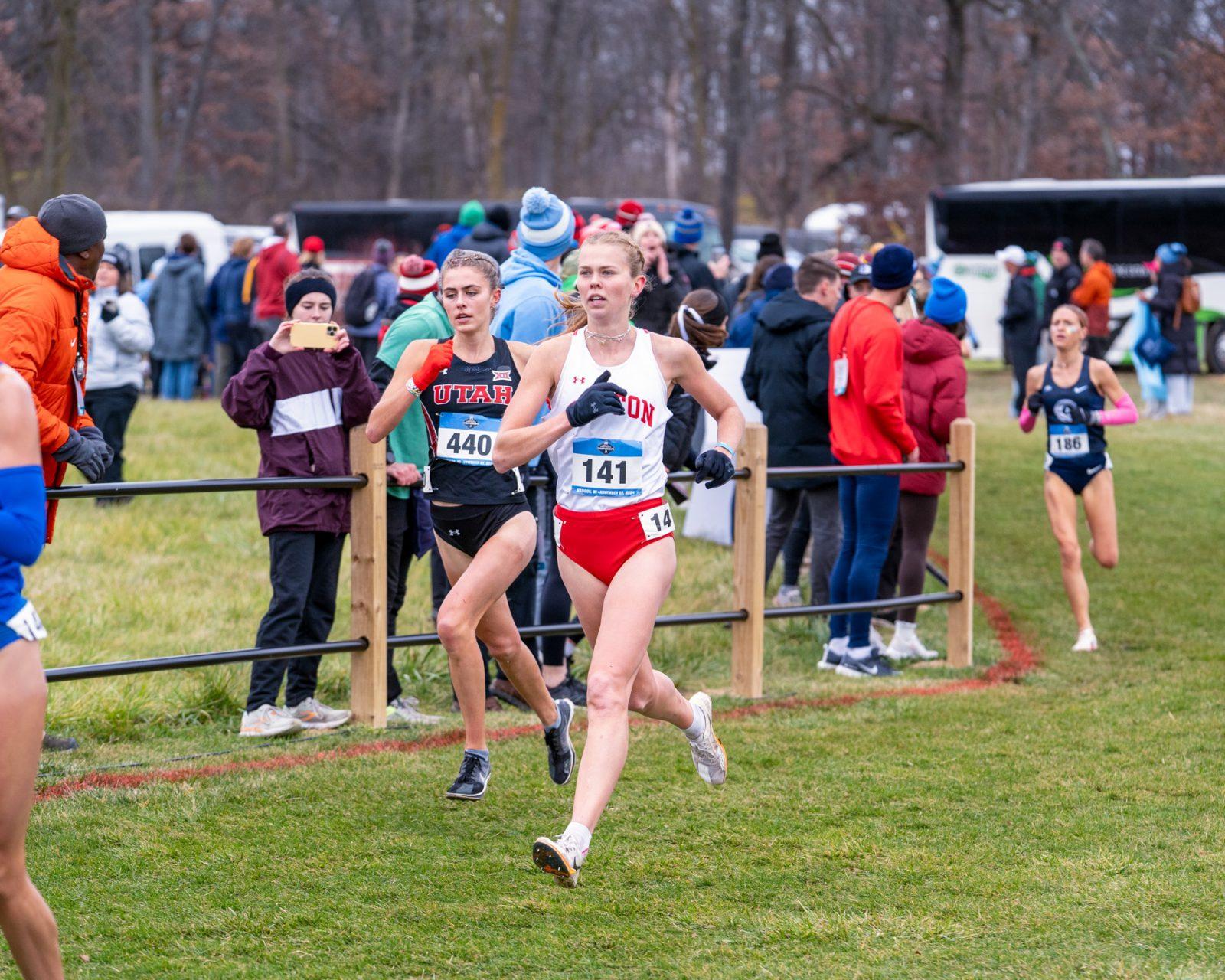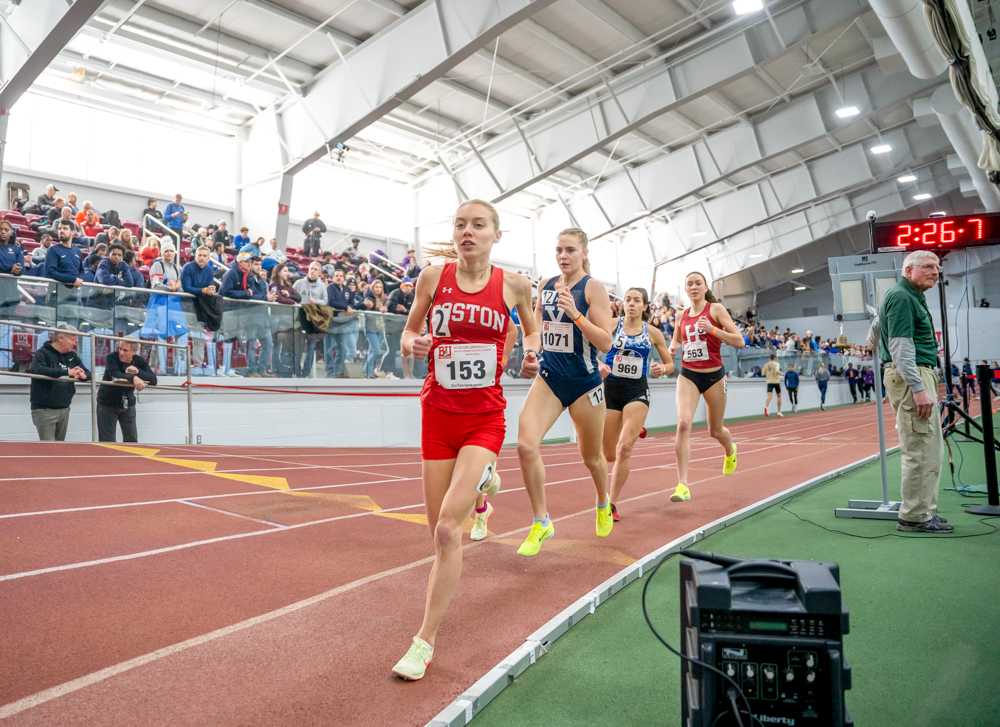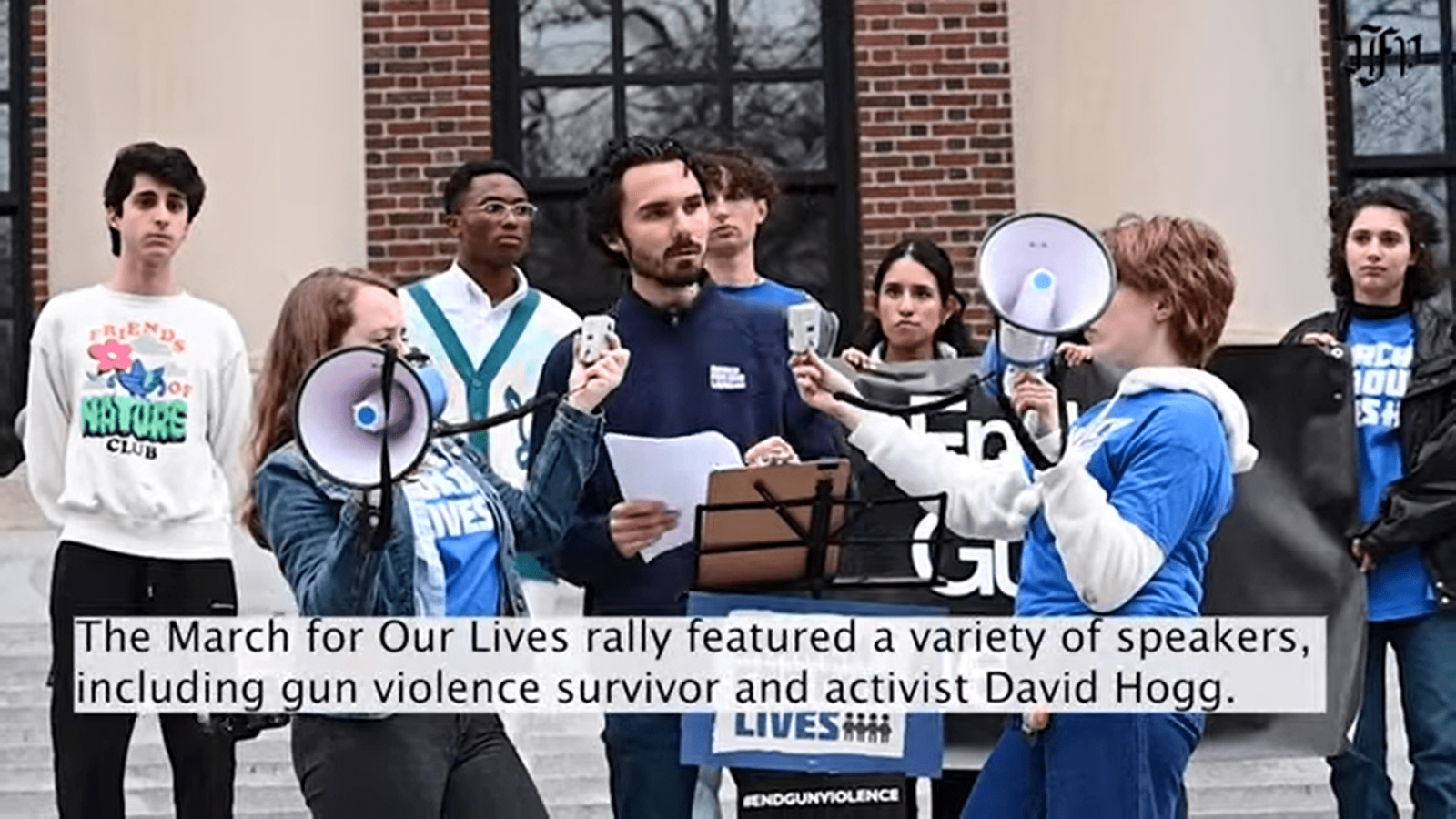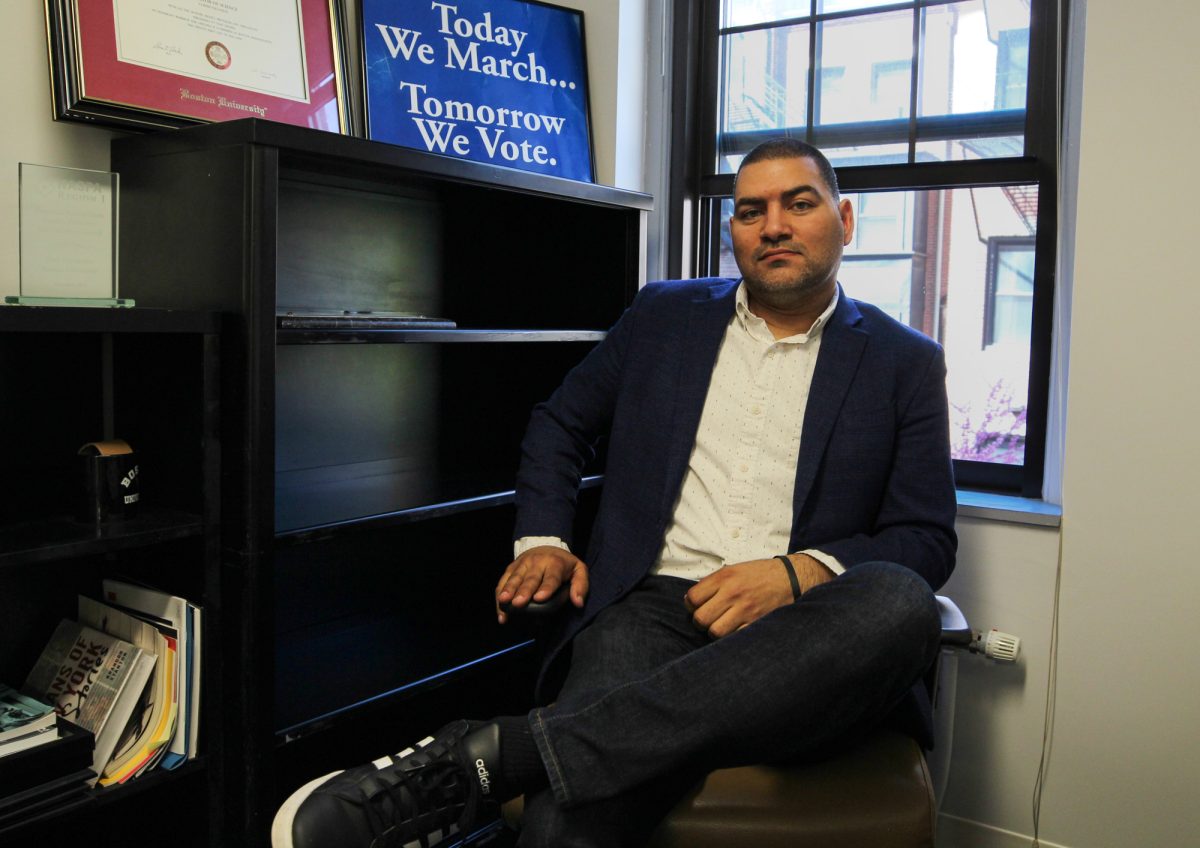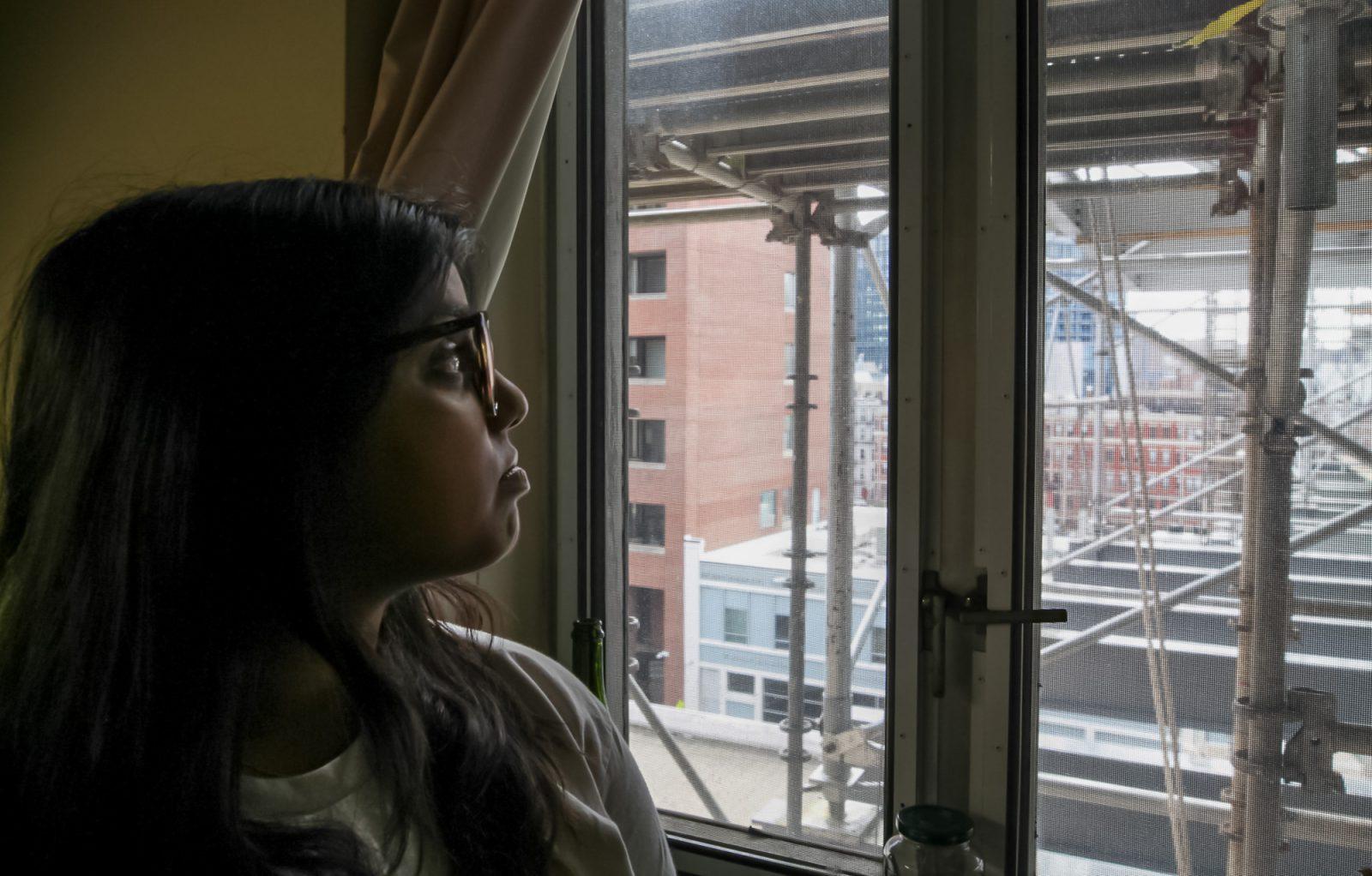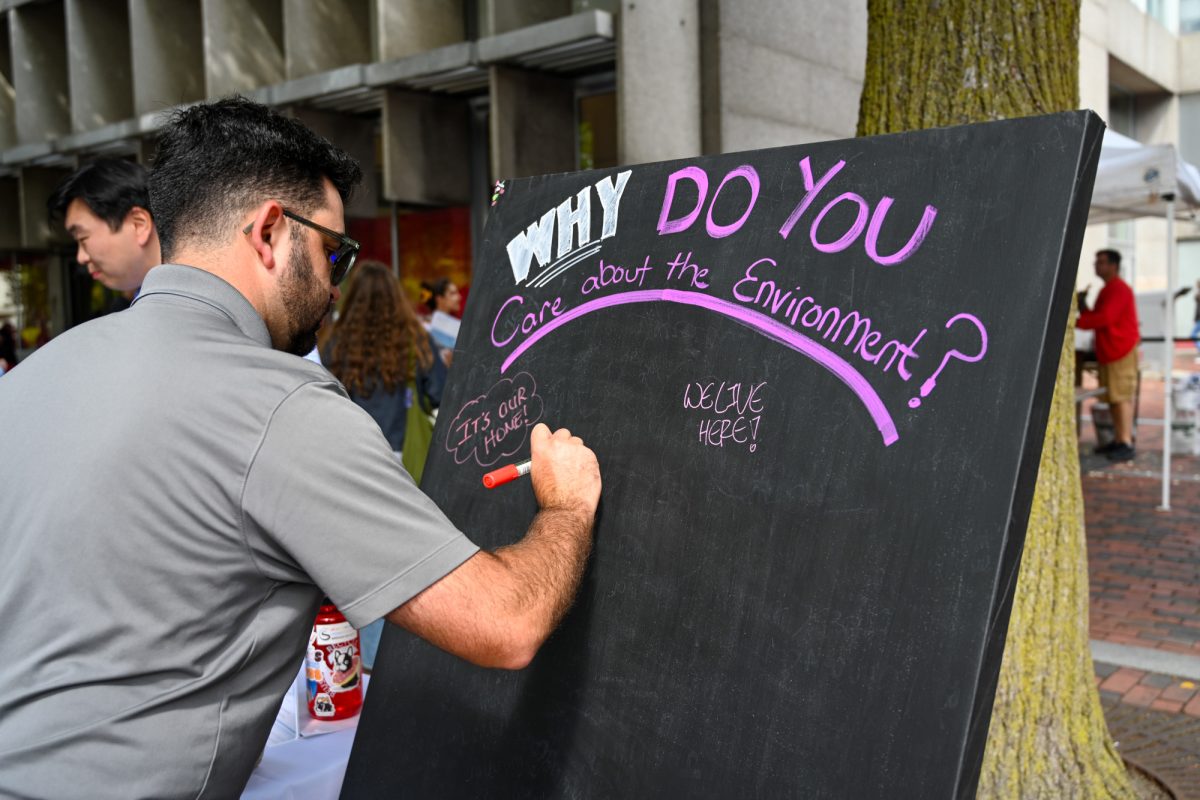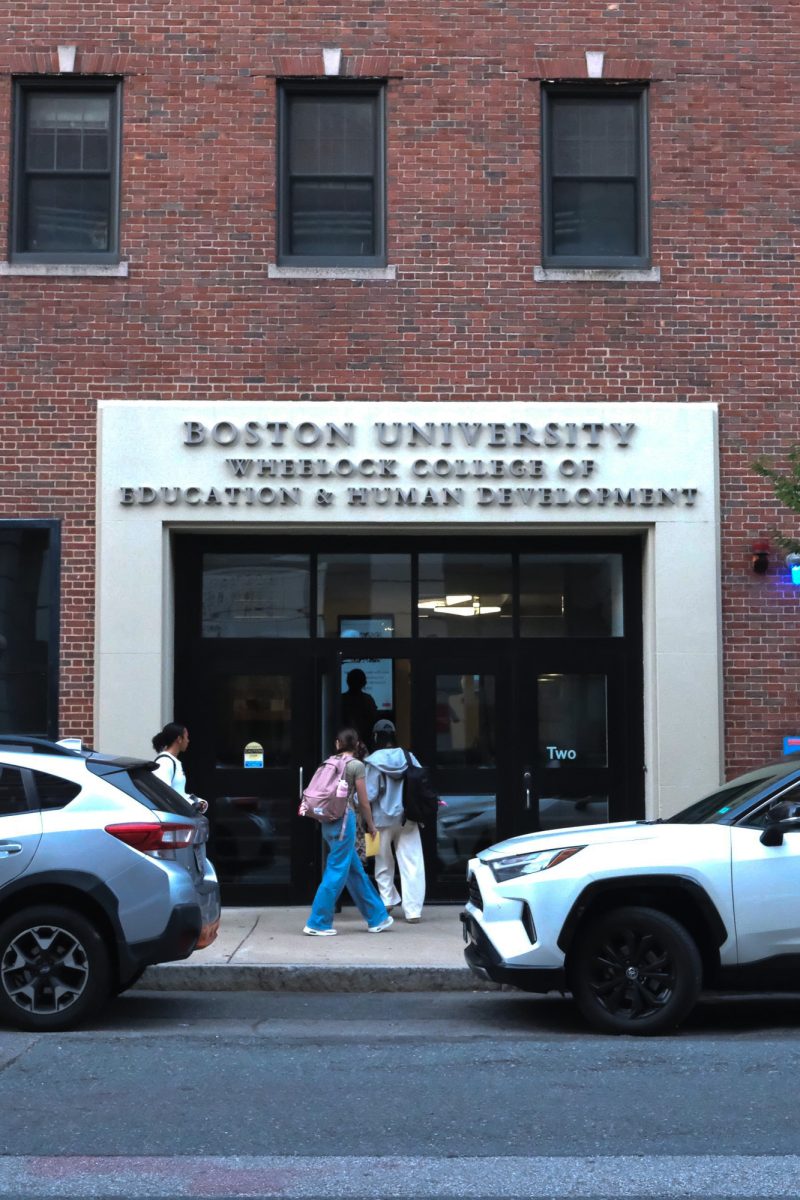When mold, pollen and other air pollutants circulate, headaches, asthma and even respiratory illness can follow. For students, who often spend hours in the same building each day, this could be dangerous and could ultimately hinder learning.
Boston Public Schools, a school district serving over 48,000 students across 121 buildings and 17 neighborhoods, knows this — which is why they’ve teamed up with a group of Boston University researchers dedicated to finding a solution.
As part of the 2025 Community Clean Air Grant, Mayor Michelle Wu announced Sept. 30 that the Trustees of Boston University, in partnership with BPS, will receive $194,691 to pilot and assess a new air quality monitoring system.
Patricia Fabián, a BU School of Public Health professor and director of Sustainable Built Environment Lab, is spearheading a research team working on the initiative — named the Clean Air, Health and School Sustainability project, or CHESS.
The team has already been working with BPS for the last three years, gathering millions of data points from existing BPS sensors, recording indoor temperature, air ventilation rate and carbon dioxide levels, said Pilar Botana, a team member and SPH doctoral student.
In return, the team reports to BPS on which schools require cooling interventions and where to improve ventilation, helping reduce disease transmission, Botana said.
Now, this funding will help the team implement a fully-developed system into the schools by paying them for their time and effort.
Jinho Lee, a CHESS team member and BU postdoctoral student in SPH, said a new phase of the project, which started in September, will last two years. The team is currently building a foundation, developing a plan to apply the actual pilot experiment next year.
The goal of the entire project, Lee said, is to protect students and school staff by making them more aware of air pollutants and how to combat them.
Beverly Ge, a team member and SPH doctoral student, said the air sensors focus specifically on detecting PM2.5, which she said is widely regarded as “an extremely harmful air pollutant.”
PM2.5 is an air particle that sizes to approximately 2.5 micrometers — 30 times smaller than the diameter of a human hair. When inhaled deeply, these particles can lead to respiratory and cardiovascular issues, according to the Environmental Protection Agency.
With climate change making natural disasters like wildfires more frequent, Botana said more homes and schools are going to suffer worsened air quality.
“It’s important to put in place a system that ensures we are able to detect events of peaks of poor air quality outdoors and prevent this pollution from coming indoors or, if it comes indoors, to have a plan that can clean the air,” Botana said.
Lee said once the project is complete, whenever an outdoor event disrupts a BPS school’s indoor air quality, the school will be notified of the event and the steps they’d need to take to lower pollutant levels.
The project will provide schools with simple, feasible strategies to combat air pollution and test their effectiveness, he said.
“[It won’t be] a super sophisticated, rocket science prevention approach,” Lee said. “We are trying to use interventions or strategies that everyone can use, like turning on the air purifier or … closing windows frequently or avoiding outdoor activities.”
Ge said Fabián first reached out when she noticed BPS had installed indoor air quality sensors during the COVID-19 pandemic after public concern arose over wildfire smoke getting into buildings.
With the newly provided funding, Ge said, the team will be able to expand the school’s initiative even further.
“When we found out about this funding opportunity … it felt like a really great overlap between something we’d already heard the schools ask for and this funding opportunity, which would allow us to, as researchers, step in and help bring that original idea they had to another level, using our scientific expertise,” Ge said.
Lee said he hopes the project will help set a new policy for maintaining indoor air quality both citywide and nationwide.
Botana said the team is dedicated to ensuring students can go to school without facing the health risks associated with air pollutants.
“Within the CHESS team, we will continue to focus on ensuring good environments for school students that promote wellbeing and optimal learning,” Botana said.

